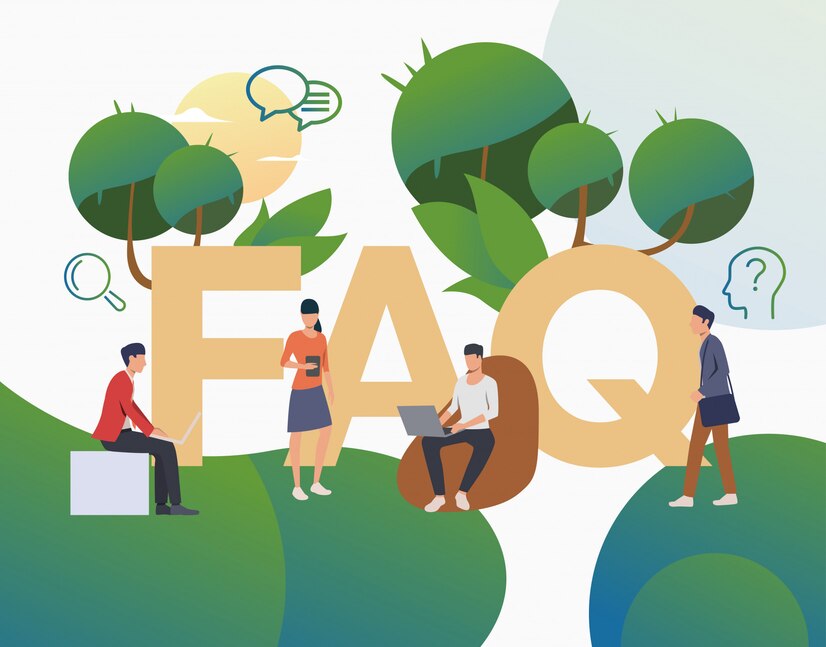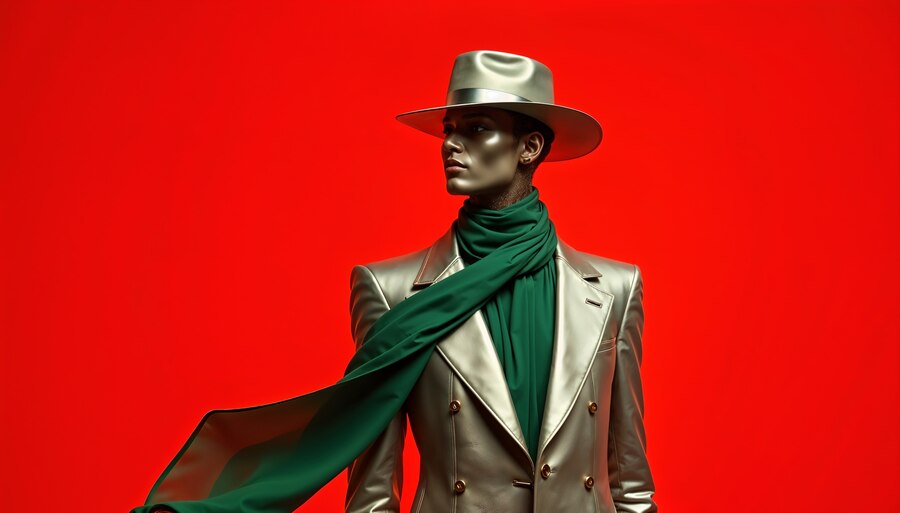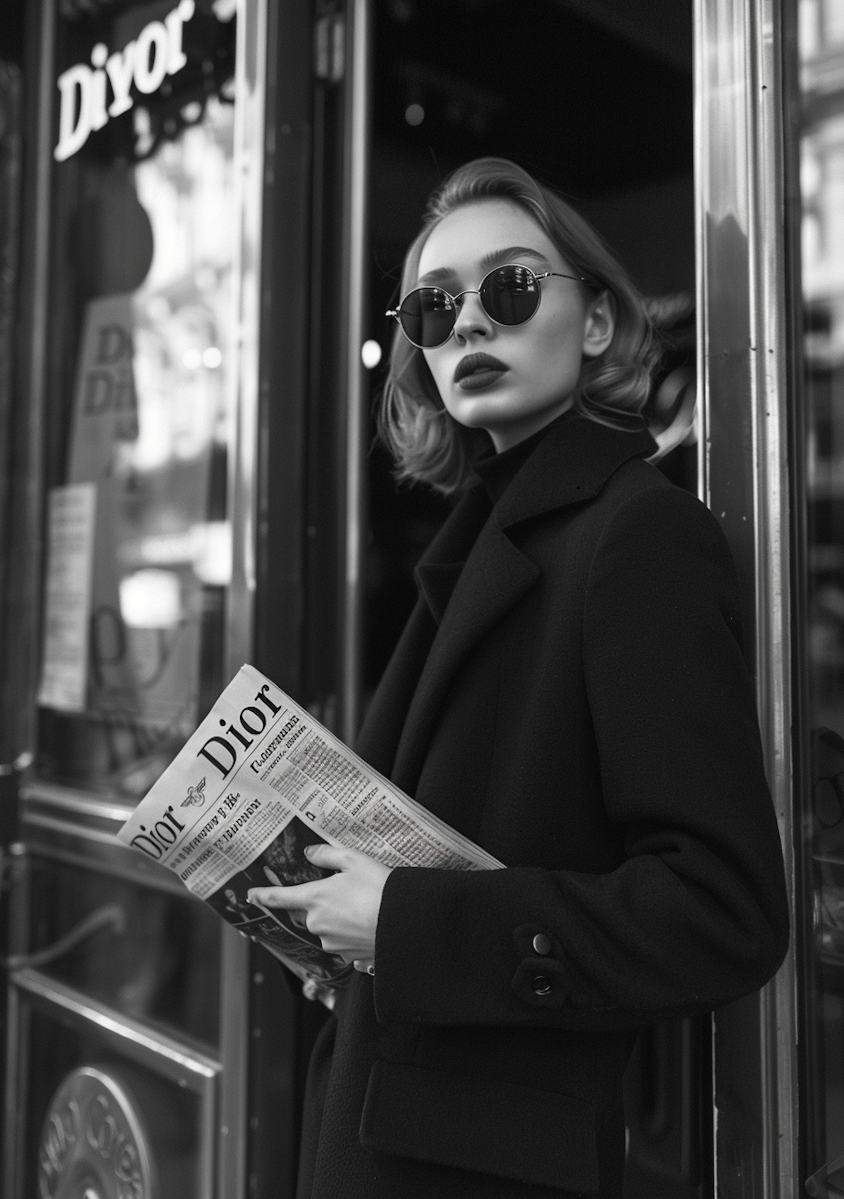Table of contents
High fashion has long been synonymous with luxury, innovation, and artistic expression. From the opulent runways of Paris to the avant-garde presentations in New York, Fashion continuously redefines style and influences global trends. In this post, we will decode the world of high fashion, exploring its origins, evolution, and lasting impact on society and the fashions industry.
The Origins and Evolution of High Fashion
High fashions emerged in the mid-19th century when European tailors and couturiers began crafting exclusive garments for royalty and the upper echelons of society. Over time, these bespoke creations evolved into full-blown runway shows that set the standard for luxury and exclusivity.
From Couture to Runway
- Couture Beginnings: Originally, high fashions was all about custom-made clothing designed for an elite clientele. This bespoke approach laid the groundwork for what would become the modern fashion show.
- The Birth of the Runway: As designers began showcasing their collections publicly, runway presentations became the stage for artistic expression. These shows introduced innovative silhouettes, materials, and techniques that have come to define High Fashions.
- Cultural Influence: High fashions is not just about clothes; it’s a form of art and commentary on society. Designers use the runway as a canvas to explore themes of identity, culture, and politics, influencing broader cultural narratives.
The Impact of High Fashion on the Global Fashion Industry
High fashion is more than just a trend; it’s a driving force in the fashions industry, affecting everything from consumer behavior to technological advancements.
Shaping Trends and Consumer Behavior
- Trend Setting: Runway shows are the birthplace of many trends. What appears on the catwalk often trickles down into ready-to-wear collections and ultimately influences everyday style.
- Luxury Market Dynamics: The exclusivity and craftsmanship inherent in High Fashions create aspirational value. Even if most consumers cannot afford couture, the desire to emulate high fashion aesthetics influences mainstream fashion trends.
- Brand Identity and Storytelling: High fashions brands leverage storytelling to create a unique brand identity. This narrative not only attracts loyal customers but also sets high industry standards for creativity and innovation.
Economic and Technological Contributions
- Economic Impact: High fashions drives a significant portion of the global luxury market. Designer collections, fashions weeks, and high-end retail contribute to substantial economic activity.
- Technological Innovation: The high stakes of High Fashions encourage designers to experiment with new materials and technologies. Innovations such as 3D printing, sustainable fabrics, and digital fashions presentations are increasingly making their way into the industry.
Decoding the Runway: A Closer Look at Fashion Shows
Fashion shows are the lifeblood of high fashion, offering a glimpse into the creative process behind luxury design. They serve as both a marketing tool and a cultural event.
Elements of a High Fashion Runway Show
- Artistic Direction: Every runway show is a curated experience. From the choice of music and lighting to the choreography of models, each element is meticulously planned to convey a designer’s vision.
- Innovative Designs: Designers use the runway to push boundaries. Bold silhouettes, unexpected materials, and intricate details are common as they strive to create pieces that challenge conventional aesthetics.
- Audience Engagement: High fashions shows are not just for industry insiders; they are public spectacles. Media coverage, live streaming, and social media interactions have transformed the runway into a global event, engaging audiences far beyond the front row.
High Fashion’s Role in Shaping Cultural Narratives
The influence of High Fashions extends beyond the industry. It shapes cultural narratives and reflects societal changes.
Influencing Social and Cultural Trends
- Empowering Creativity: High fashions celebrates individual expression and creativity. It challenges traditional norms and encourages consumers to experiment with their personal style.
- Social Commentary: Designers often use their collections to comment on current events, social issues, and global trends. This interplay between fashions and culture makes high fashions a powerful tool for societal reflection.
- Legacy and Innovation: While rooted in tradition, high fashions continuously reinvents itself. By embracing innovation, designers keep the spirit of haute couture alive and relevant in a rapidly changing world.
Frequently Asked Questions (FAQs)

High fashions, or haute couture, is characterized by exclusive, custom-made clothing designed with meticulous craftsmanship and artistic flair. It sets trends and influences both luxury and mainstream fashion.
Runway shows introduce innovative designs and concepts that often trickle down into ready-to-wear collections. These shows inspire both designers and consumers, bridging the gap between couture and everyday style.
High fashions drives significant economic activity within the luxury market. It not only contributes to high-end retail sales but also stimulates innovation and technological advancements within the industry.
High fashion serves as a medium for social commentary and artistic expression. Designers use their collections to explore themes related to identity, culture, and politics, thereby shaping broader cultural narratives.
Technological innovation is crucial in high fashion. From sustainable fabric development to digital runway shows, technology helps designers push creative boundaries and adapt to modern consumer demands.
Conclusion
Decoding the runway offers a fascinating glimpse into the world of High Fashion. Its impact on the global fashion industry is profound—driving trends, inspiring innovation, and shaping cultural narratives. As the industry continues to evolve, high fashion remains a beacon of creativity and a powerful influencer in both the luxury market and everyday style.





